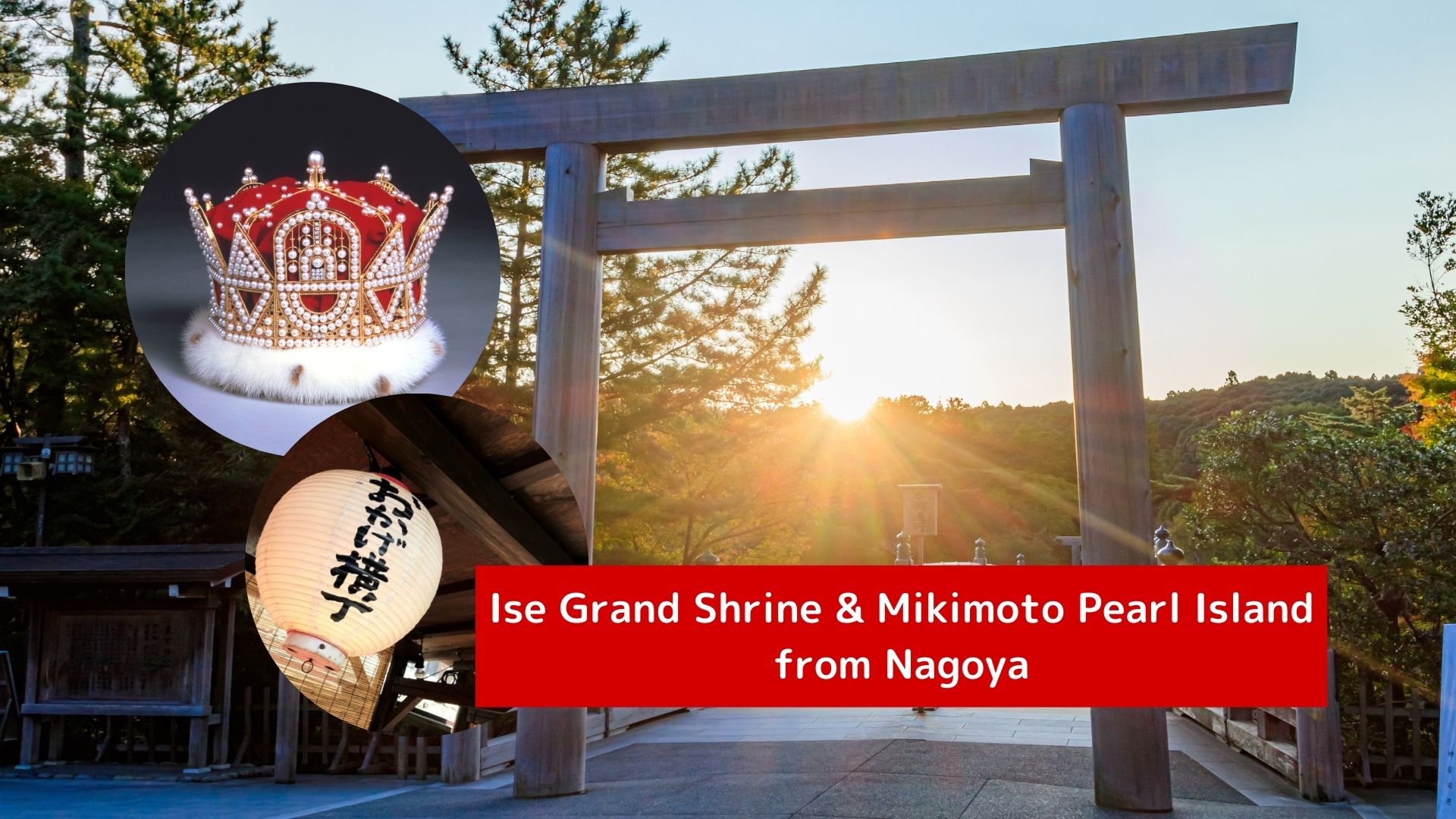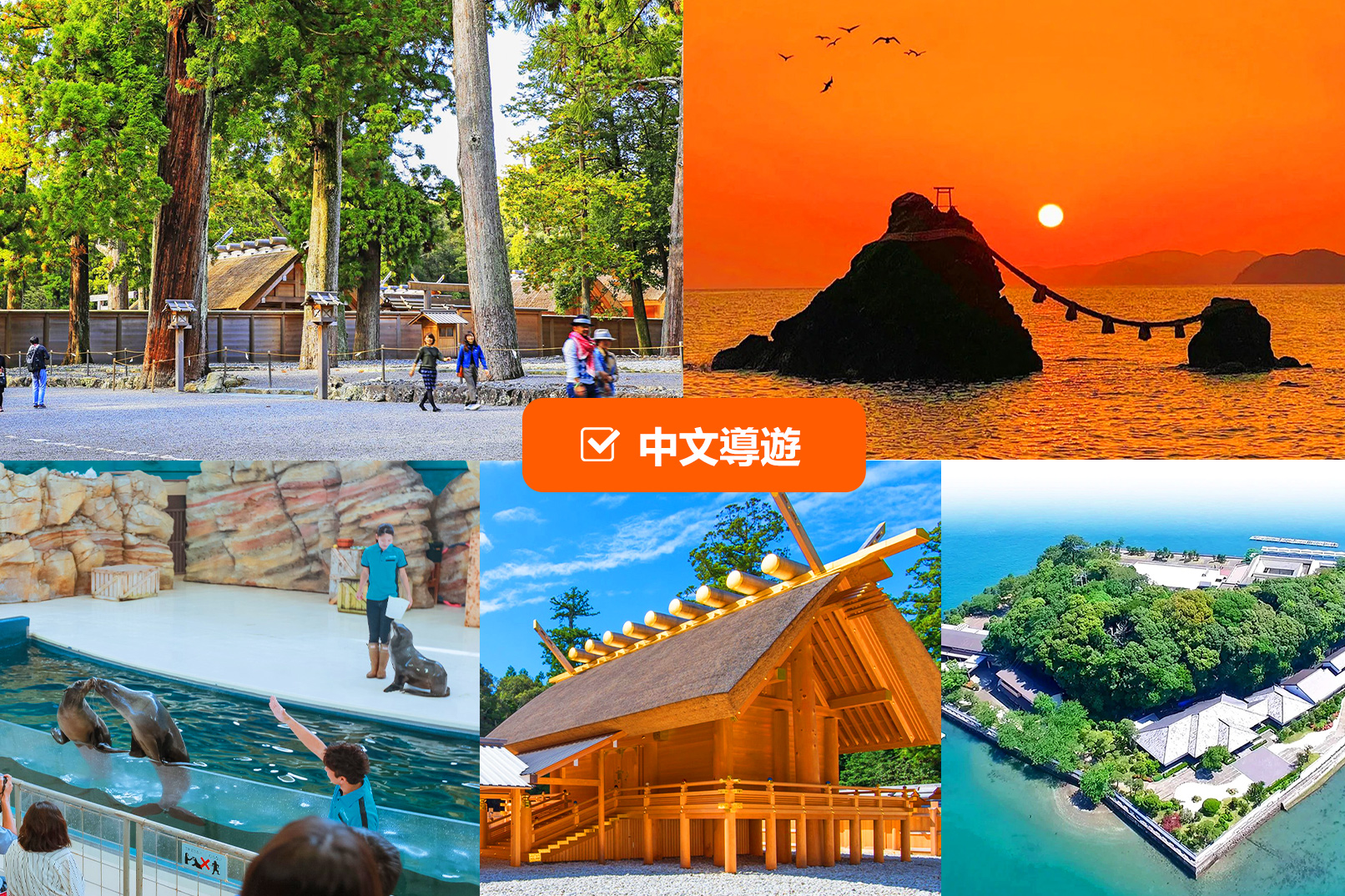
Ise: Full-Day Guided Tour of Shrines and Oharaimachi
This tour offers a rare opportunity to explore Ise—the spiritual heart of Japan—by visiting its most revered shrines in the traditional pilgrimage order, starting with the coastal Futami Okitama Shrine, followed by Toyouke Daijingu (Outer Shrine), Sarutahiko Shrine, and culminating at the Inner Shrine (Kōtai Jingu), the most sacred site in Shinto. Along the way, you'll discover myths, rituals, and centuries of tradition with a knowledgeable local guide who brings each site to life. You’ll walk the same sacred paths as ancient pilgrims, experience the power and tranquility of forested sanctuaries, and enjoy a peaceful break in the Edo-style Oharaimachi district, where traditional sweets and charming shops await. With deep cultural storytelling, spiritual insight, and a route rarely covered in one day, this tour connects you directly to Japan’s living heritage in a way that’s both personal and unforgettable.
Options
Ise: Full-Day Guided Tour of Shrines and Oharaimachi
What's included in Ise: Full-Day Guided Tour of Shrines and Oharaimachi
(Subject to Option Inclusions)Itinerary
Futami Okitama Shrine
Located along the scenic coast of Futami, this shrine was historically the place where pilgrims purified themselves with seawater before approaching Ise Jingu. The site is most famous for its “Meoto Iwa,” or Wedded Rocks—two sacred stones in the sea bound together by a heavy shimenawa rope, symbolizing the union of male and female deities. With waves gently lapping at their base and the sun rising over the water, the scene evokes a deep sense of spiritual reverence and timeless serenity.
The Outer Shrine of Ise Jingu, known as Toyouke Daijingu, is dedicated to the deity of food, clothing, and shelter—Toyouke Ōmikami. Enclosed within a forest of towering cryptomeria and cypress, the shrine grounds offer a quiet dignity and deep spiritual calm. The shrine’s architecture, built entirely from hinoki wood without nails, reflects ancient Shinto aesthetics and the principle of tokowaka, or eternal renewal, which is ritually enacted every 20 years through complete reconstruction during the shikinen sengū.
Sarutahiko Shrine
This shrine honors Sarutahiko Ōkami, the god of guidance who, according to myth, helped lead heavenly deities to the earthly realm. It is especially revered by those seeking clarity or direction in life. Surrounded by sacred trees and quiet paths, the shrine invites thoughtful reflection. Visitors often pause at its symbolic compass stone and ancient altar space to offer prayers for safe journeys and wise decisions, making it a deeply personal and contemplative stop on the pilgrimage route.
Inclusions
- Visit to Sarutahiko Shrine
- Visit to Inner Shrine of Ise Jingu
- guide
- Transportation during the tour (bus and train)
- Guided tour of Ise shrines
- Visit to Oharaimachi
- Visit to Futami Okitama Shrine
- Transportation to the meeting point
- Public transportation options are available nearby
- Suitable for all physical fitness levels
Meet
Pickup and Dropoff
You will make your own way to the meeting points
Meeting Points
- Meeting point: In front of the ticket gate at Futaminoura Station. Your guide will be waiting for you holding a yellow sign. Please refer to the map for more details.
End Points
- End point: Conveniently located near bus stops and other transportation, offering excellent access.





